2572
A Layman's Guide to Agile & Scrum
02 May, 2022
3 min read

If you are remotely associated with IT then you must have heard terms like Agile and Scrum. Today we are going to uncover what they are. This will help you to have a better understanding of both the terms and the context in which they are used. Here, we have provided definitions in a visualized way so that you can grasp these concepts in a better way.

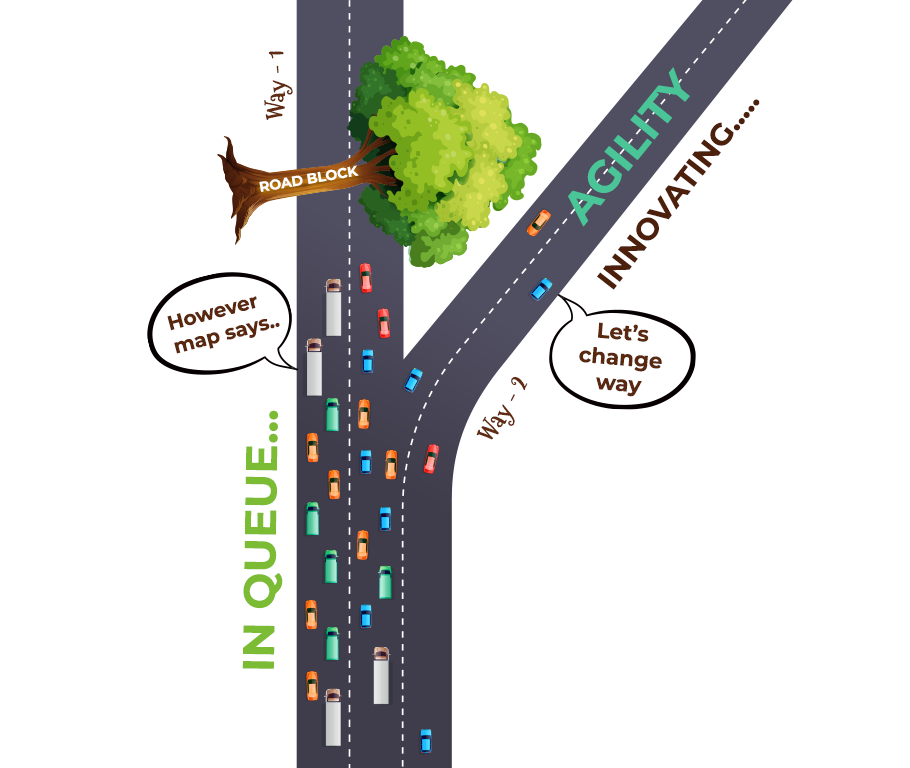


The Agile movement, supported by a range of best agile project management tools, is driven by the Agile Manifesto as shown below.

Let’s try to understand the differences between Agile and Waterfall.

Scrum is a framework within which people can address complex adaptive problems, while productively and creatively delivering products of the highest possible value.
Scrum can easily be remembered using 35353 style i.e 3 Agile values, 5 Scrum values, 3 Scrum roles, 5 Scrum ceremonies/events, and 3 Scrum artifacts as shown below diagram.
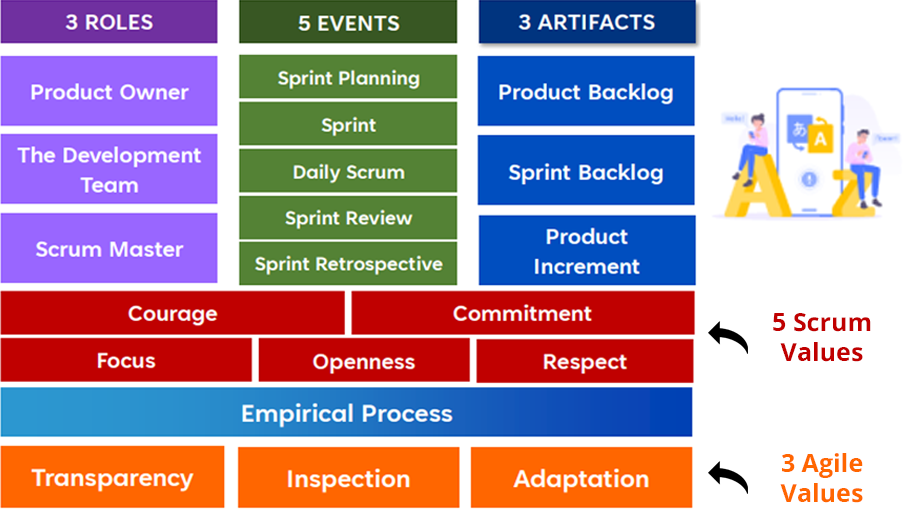
Scrum Guide mentions about 5 Scrum values based on which a team’s success depends. They are commitment, courage, focus, openness, and respect.
The courage value helps the Scrum team feel safe enough to say no or to seek help as well as to try new things. Whenever Agile teams feel that their success is hampered, they must be brave enough to question the status quo.
This value suggests that teams should only agree to take on those tasks that they think they can complete, to avoid over-commitment. This value is essential to building an Agile mindset. Since scrum teams are expected to work as a single unit, they should make sure they are going to follow up on what they say about their deliverables. For the same, they should trust each other. It is also desirable that team members should ask whenever they are not sure.
The scrum team should remain focused from start to finish of the sprint by limiting their work-in-progress items (WIP). This is a very important skill to develop.
With respect to Courage, Scrum teams should be open to trying new ideas and opportunities to learn. They should also be honest in seeking help from anywhere.
Agile teams know their strengths and weaknesses, hence they should respect all team members regardless of the roles each member is playing.
Each member should respect other team members’ ideas and opinions with respect to achieving sprint goals no matter what differences they have.
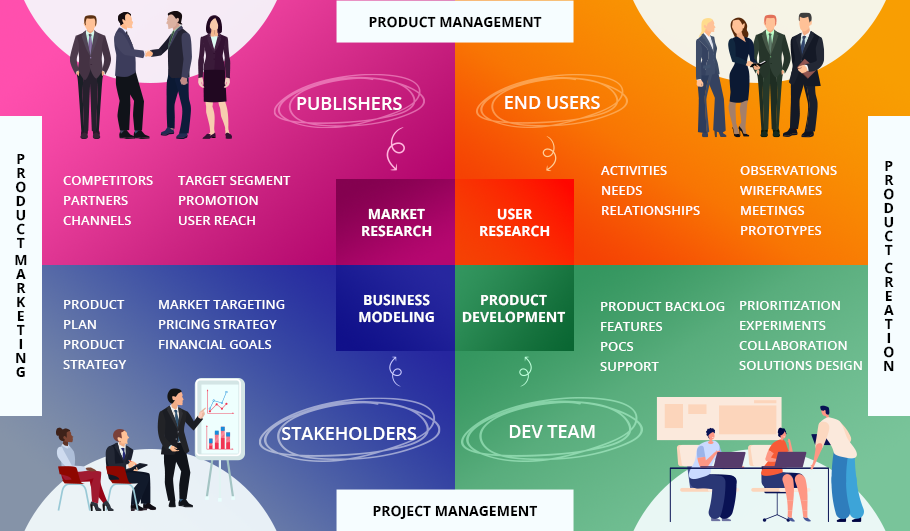
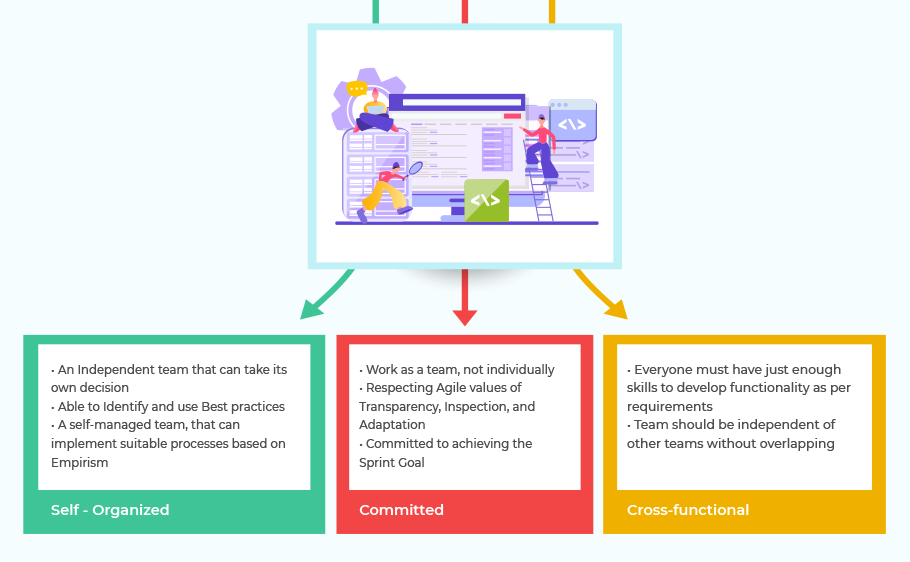

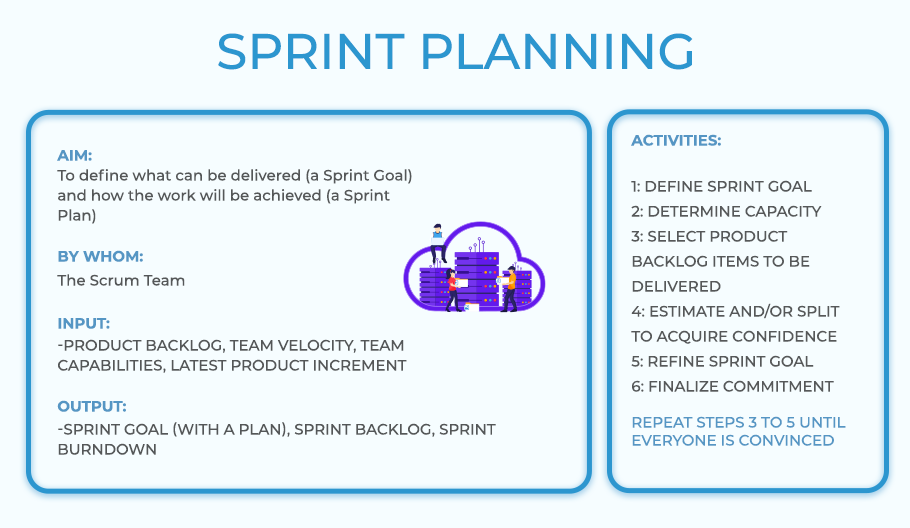
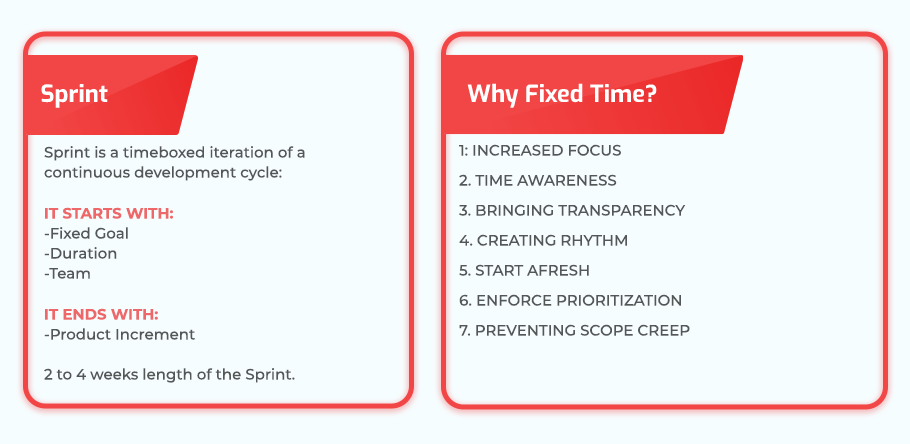
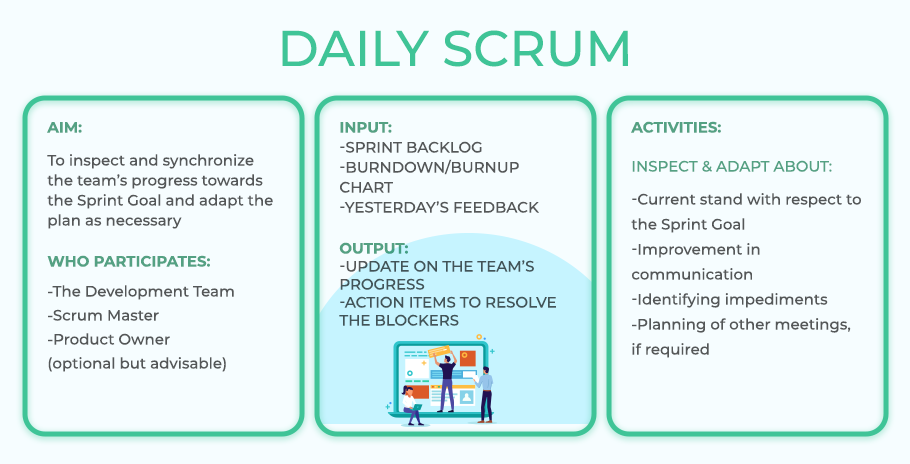
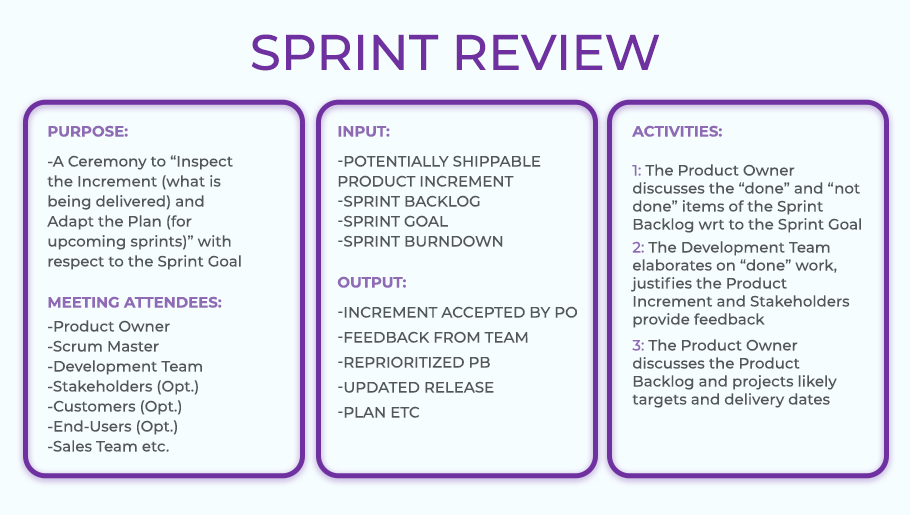
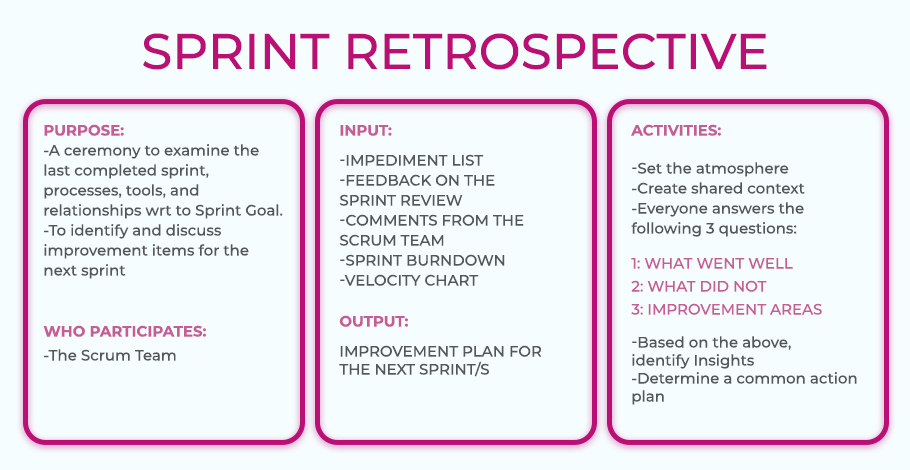
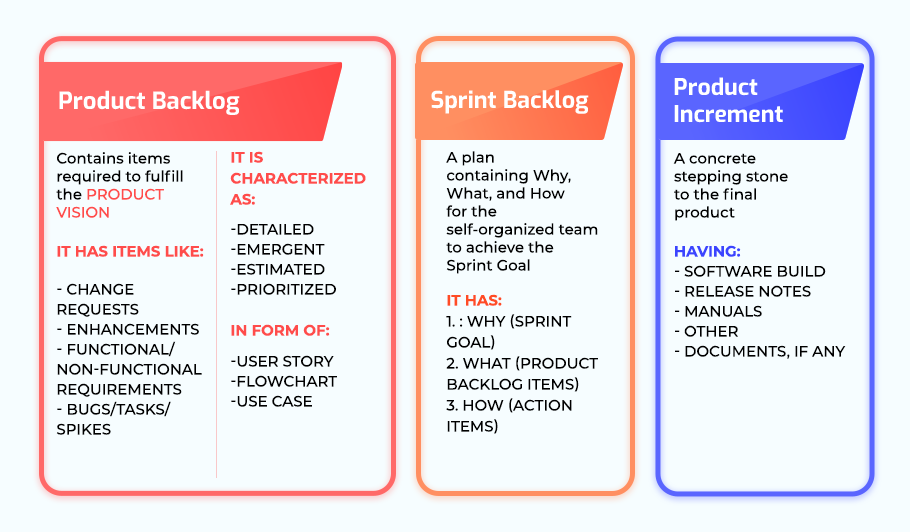
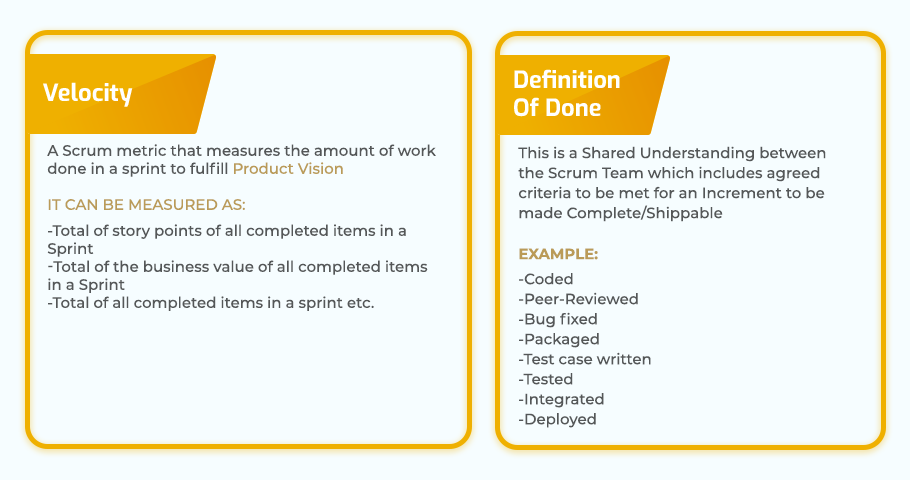
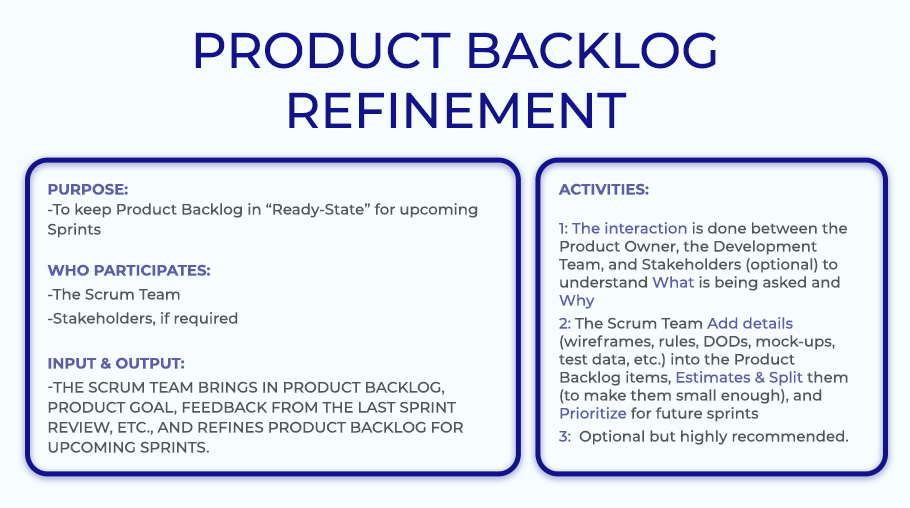
All product and company names are trademarks™, registered® or copyright© trademarks of their respective holders. Use of them does not imply any affiliation with or endorsement by them.

68
By Biztech
09 Oct, 2025

75
By Biztech
09 Oct, 2025

91
By Biztech
06 Oct, 2025